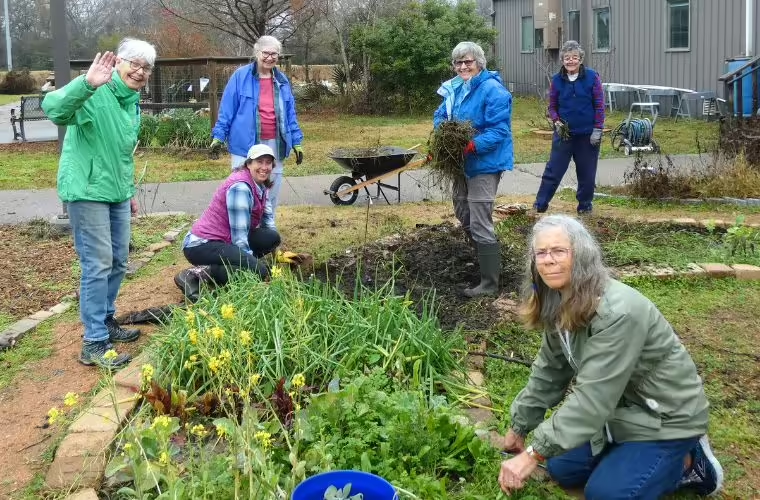August 10, 2024 @ 9:00 am – 12:00 pm
NEW DATE! Join us on Saturday, August 10, in person or online. If you already registered, your registration will be automatically transferred to the new date.
Learn about our Native Pollinator Habitat Grant program, how to plan a pollinator garden for public spaces, and what the committee is looking for in an application.
Location
Environmental Institute of Houston
University of Houston-Clear Lake
North Office Annex I (NOA I) Building
2700 Bay Area Blvd.
Houston, TX 77058
Need to attend virtually? Click here to register for our Zoom option.
About the Native Pollinator Habitat Grant Program
The Clear Lake Chapter of the Native Plant Society of Texas awards grants to nature centers, schools, educational groups and others to help fund development and maintenance of pollinator habitats using native plants, shrubs or trees on public sites in Brazoria, Galveston or Harris Counties of Texas. Priority is given to projects located in Brazoria Co., Galveston Co., and the southeast quadrant of Harris County.
Click here to learn more about the grant program.






